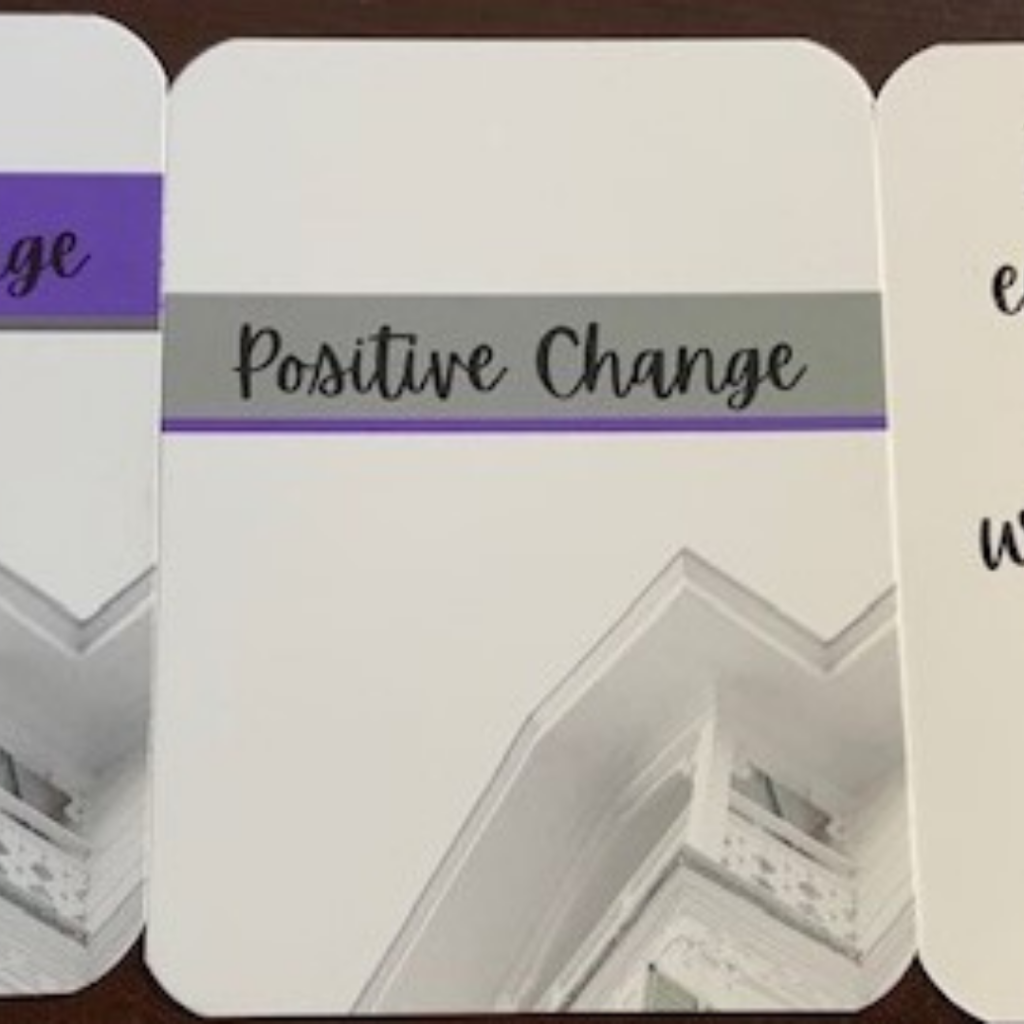Driving away negative thoughts doesn’t require much effort, but it can be a battle. You can’t just tell those thoughts to be gone. It’s helpful to develop a longstanding strategy for driving them away and keeping them out for good.
Here are a few approaches to try:
#1: Admit there’s a problem: This is the first step to making any kind of change or dealing with any problem. Self-reflection on this topic can be difficult because it is rare that we pay attention to our own words, thoughts, and actions. The next step is to recognize the defeatist thinking as soon as it shows up. The following exercise may help:
Take a piece of paper and divide it down the middle so you have two columns. Write down every positive thought you have in a day on one side and every negative thought son the other side. You’ll be amazed by the sheer number of negative thoughts you have in a day. All these thoughts are rambling around in your head. Time to clear the negative clutter.
#2. Language matters: Pay attention to your self-talk. Use the chart from point #1 to track these. Eliminate as many negative phrases and words from your personal glossary, and watch your thoughts change as well. Also take note of your body language and posture. Think about all the times your mother told you to stand up straight. Avoid slouching and be sure to smile!
#3. Phone a friend: Find a friend, family member, or therapist, who will listen to your problems without judgement, and without offering recommendation (unless you ask for this type of feedback). You could also pray and journal around your feelings. Once they’re out there, you’ll find yourself unburdened of previous negative thinking.
#4: Get physical: Get your body moving to change your mood and your thoughts. No need to run a marathon. A brisk five-minute walk around the block or a lively dance around the living room will clear your head. Try turning on your favorite music and moving and grooving for a few minutes; see if you’re feeling negative when you’re finished.
#5: The act of being grateful: If making a list of your thoughts was the first step to recognizing your negativity problem, building a list of all you’re grateful for could be the first step toward solving it. I admit, it can be difficult coming up with such a list. Here are few to consider – the breath in your body, your pulse, your sight, and all the other basic amenities we take for granted. Once you start writing your list, you’ll find expressions of gratitude will come to you, and fill your mind with positivity.
Banishing negative thinking is a challenge but it can be done. Follow the tips and strategies above and your thoughts will become more positive right before your eyes.
Know someone who would benefit from my newsletters? Send them here to sign up below.
They’ll receive a copy of my free Positivity Journal.
***
***

Want more? Subscribe below!
We’ll send you our newsletter weekly, and also my Jump into Positivity Journal.
Top Posts
For inspiration to get you through your day, check out my book
Jump Into Positivity below!
You will receive awesome content in your inbox and also my Jump into Positivity Journal.
More Articles

Kick Fear To The Curb
Imagine you’re walking around your kitchen with me minute happy singing and bee bopping to the music. The next second you can’t feel your foot touching the floor. You start to sweat. Your heart rate speeds up.
What do you do? Who do you call?

3 Big Benefits of Keeping a Journal
The only person standing in your way is you. You have the power to overcome any obstacle or challenge that comes your way.So, who’s stopping you?

5 Defense Mechanisms You’re Using without Knowing
“Defense mechanisms are psychological strategies that are unconsciously used to protect a person from anxiety arising from unacceptable thoughts or feelings.” Nature has provided some amazing mechanisms designed to keep us safe mentally.

3 Self-Care Tips to Rejuvenate Parents of Special Needs Kids
Allow yourself to focus and thrive. When you become more productive you also become a healthier more self-aware version of you.

Honor Loved Ones Amidst Grief: 3 Ways to Navigate the Holidays
The only person standing in your way is you. You have the power to overcome any obstacle or challenge that comes your way.So, who’s stopping you?

You Might Be a Procrastinator If… (Pt I)
The only person standing in your way is you. You have the power to overcome any obstacle or challenge that comes your way.So, who’s stopping you?








